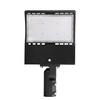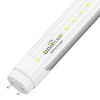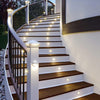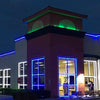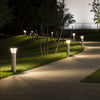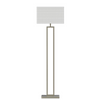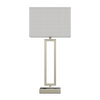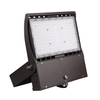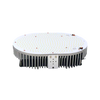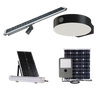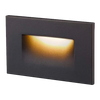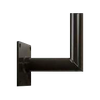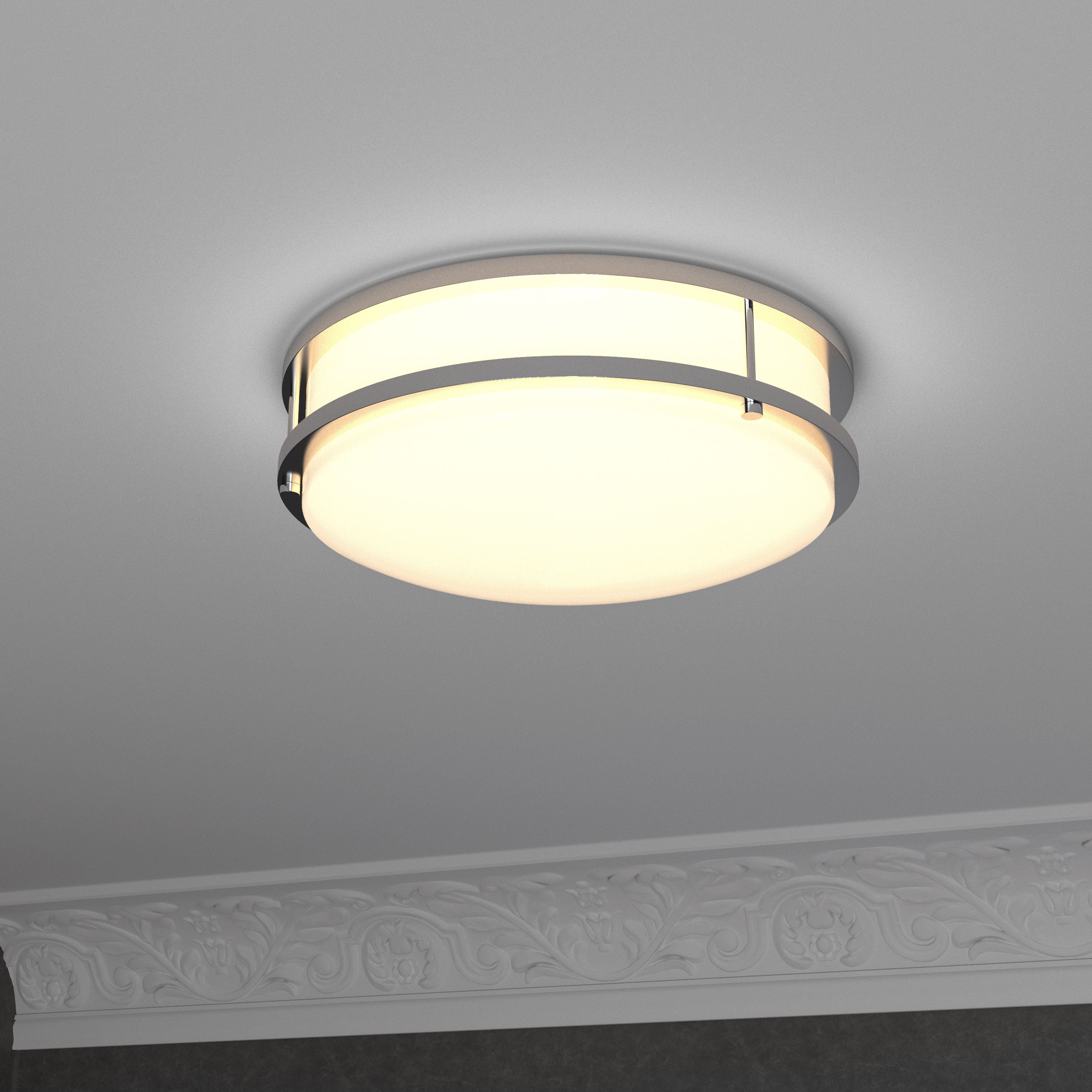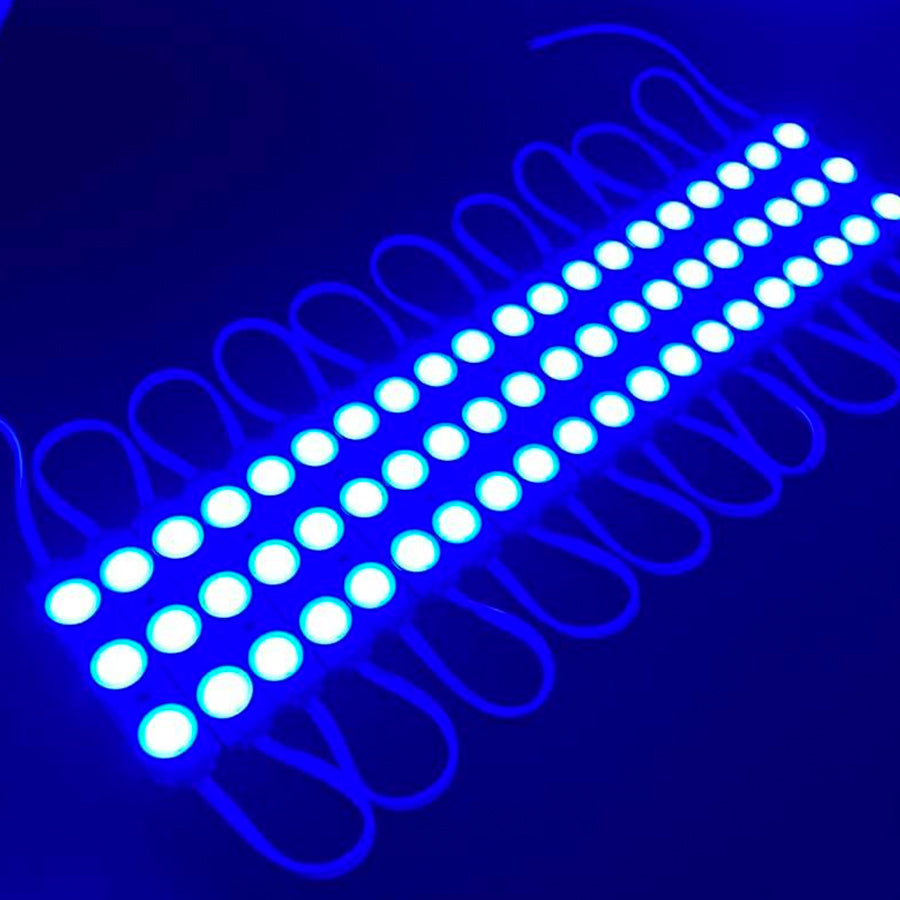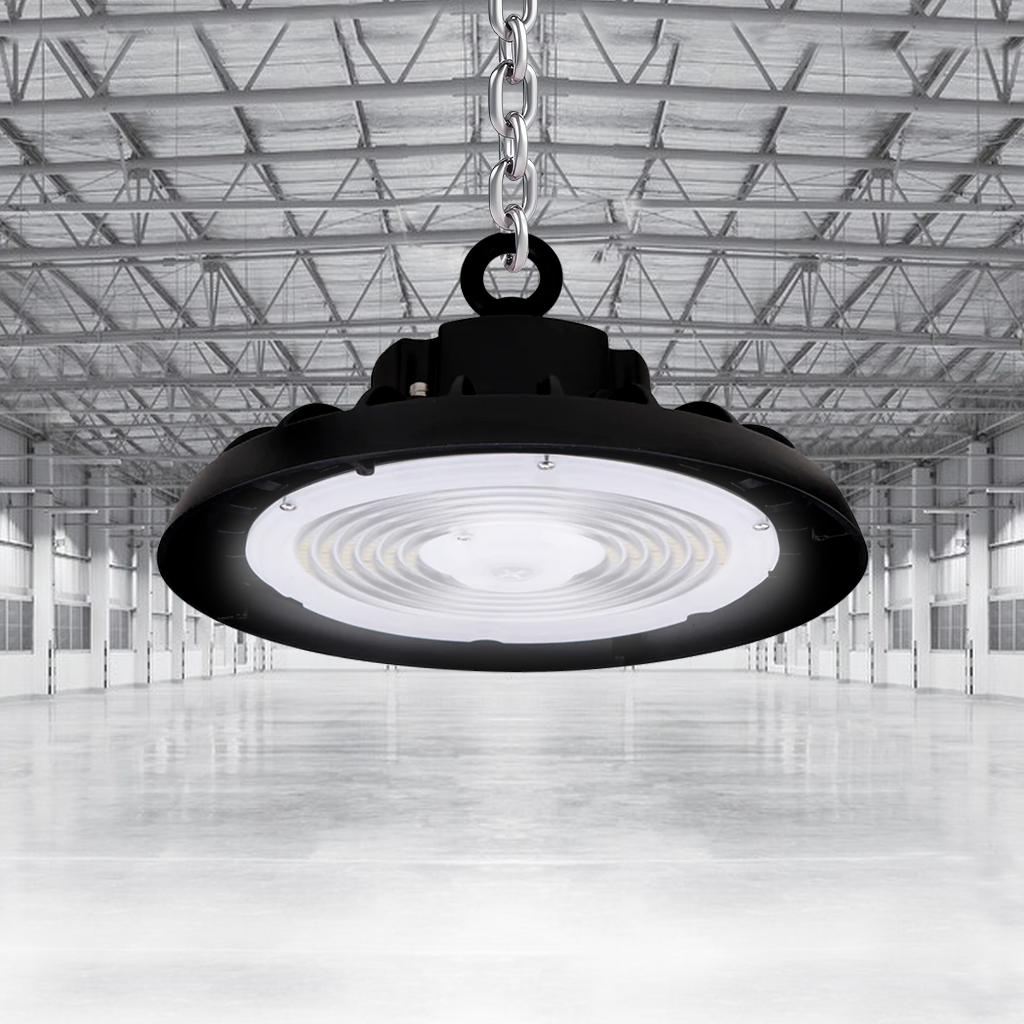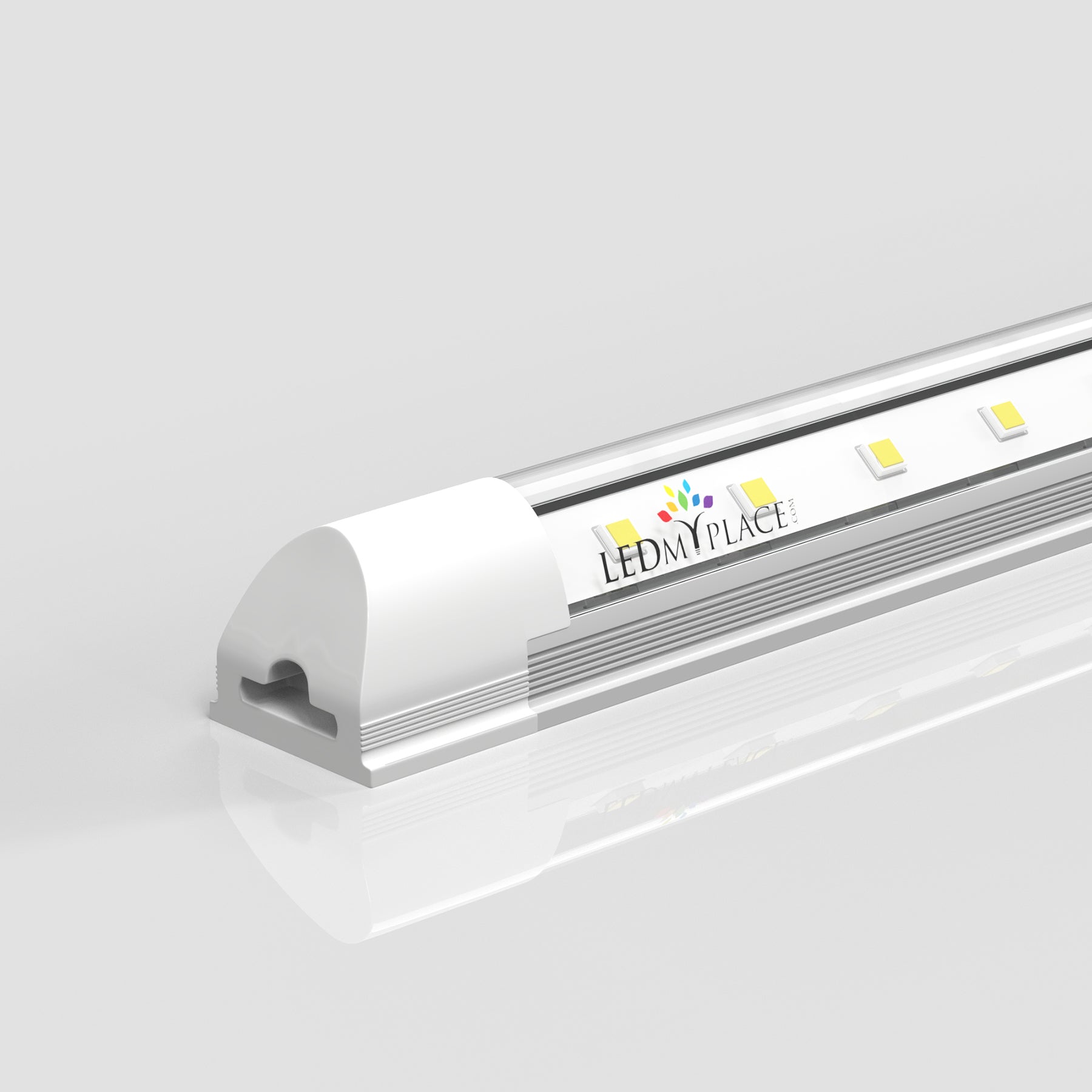When considering lighting options, it's crucial to understand the differences between LED lights and regular lighting methods. With advancements in technology, LED lights have emerged as a superior choice, offering several benefits over traditional lighting. Let's dive into the key distinctions to help you make an informed decision.
1. Energy Efficiency
One of the primary differences between LED lights and regular lighting options, like incandescent or fluorescent bulbs, is energy efficiency. LED lights consume significantly less energy, using up to 80% less power than traditional bulbs. This means lower electricity bills and a reduced carbon footprint.
2. Lifespan
LED lights boast an impressive lifespan compared to regular lights. While an incandescent bulb may last around 1,000 hours, LED lights can last up to 50,000 hours or more. This longevity reduces the need for frequent replacements, making LEDs a more cost-effective solution in the long run.
3. Light Quality
When it comes to light quality, LED lights provide brighter and more consistent illumination. Unlike regular bulbs that may flicker or produce uneven light, LEDs offer a steady, high-quality light that enhances visibility and creates a comfortable environment. Additionally, LED lights are available in various color temperatures, allowing you to choose the perfect ambiance for your space.
4. Heat Emission
Another notable difference is the amount of heat emitted by LED lights compared to regular lighting. Traditional bulbs, especially incandescent ones, convert most of their energy into heat rather than light, making them inefficient and potentially hazardous. On the other hand, LED lights emit very little heat, which not only improves energy efficiency but also reduces the risk of burns or fire hazards.
5. Environmental Impact
LED lights are environmentally friendly for several reasons. Firstly, they consume less energy, which reduces greenhouse gas emissions. Secondly, unlike fluorescent bulbs, LEDs do not contain harmful chemicals like mercury, making them safer for disposal and less harmful to the environment.
6. Initial Cost vs. Long-Term Savings
While LED lights may have a higher initial cost compared to regular bulbs, the long-term savings make them a worthwhile investment. With lower energy consumption, reduced heat emission, and a longer lifespan, LED lights ultimately save you money over time. The reduced maintenance and replacement costs further contribute to their cost-effectiveness.
7. Versatility
LED lights are incredibly versatile, offering a wide range of applications. From residential and commercial spaces to outdoor settings and specialized uses like automotive lighting, LEDs can be tailored to fit any need. Regular bulbs, while still in use, often lack the adaptability that LED lights provide.
Conclusion
When comparing LED lights to regular lighting, the benefits of LEDs are clear. From energy efficiency and long lifespan to superior light quality and environmental friendliness, LED lights offer a more advanced and cost-effective solution for modern lighting needs. As technology continues to evolve, LEDs are becoming the preferred choice for those looking to reduce energy consumption and create a safer, more comfortable environment.







